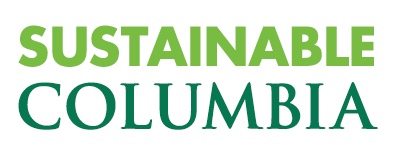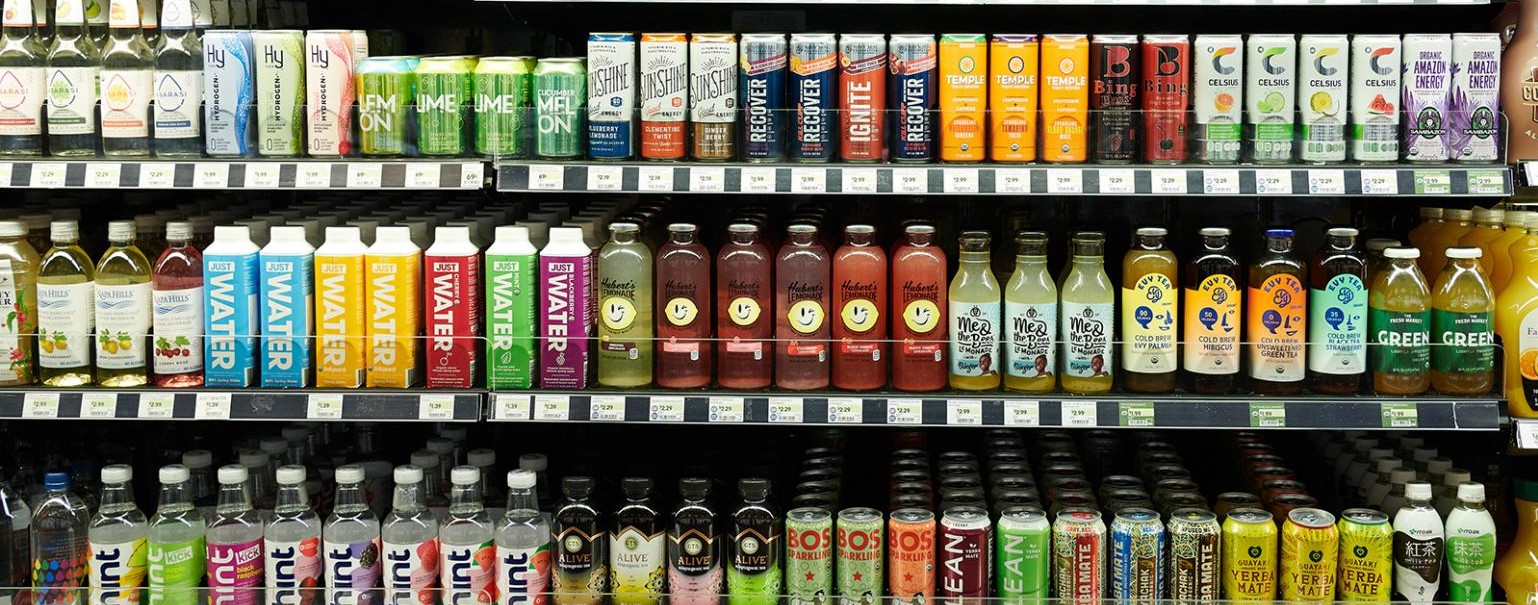What is the most sustainable way to consume water?
Individuals and offices should aim to generate as little waste as possible while taking advantage of New York City's access to clean, safe tap water. As you reduce your impact or that of your department, here are some actions you can take to help Columbia preserve the Earth's most precious resource.
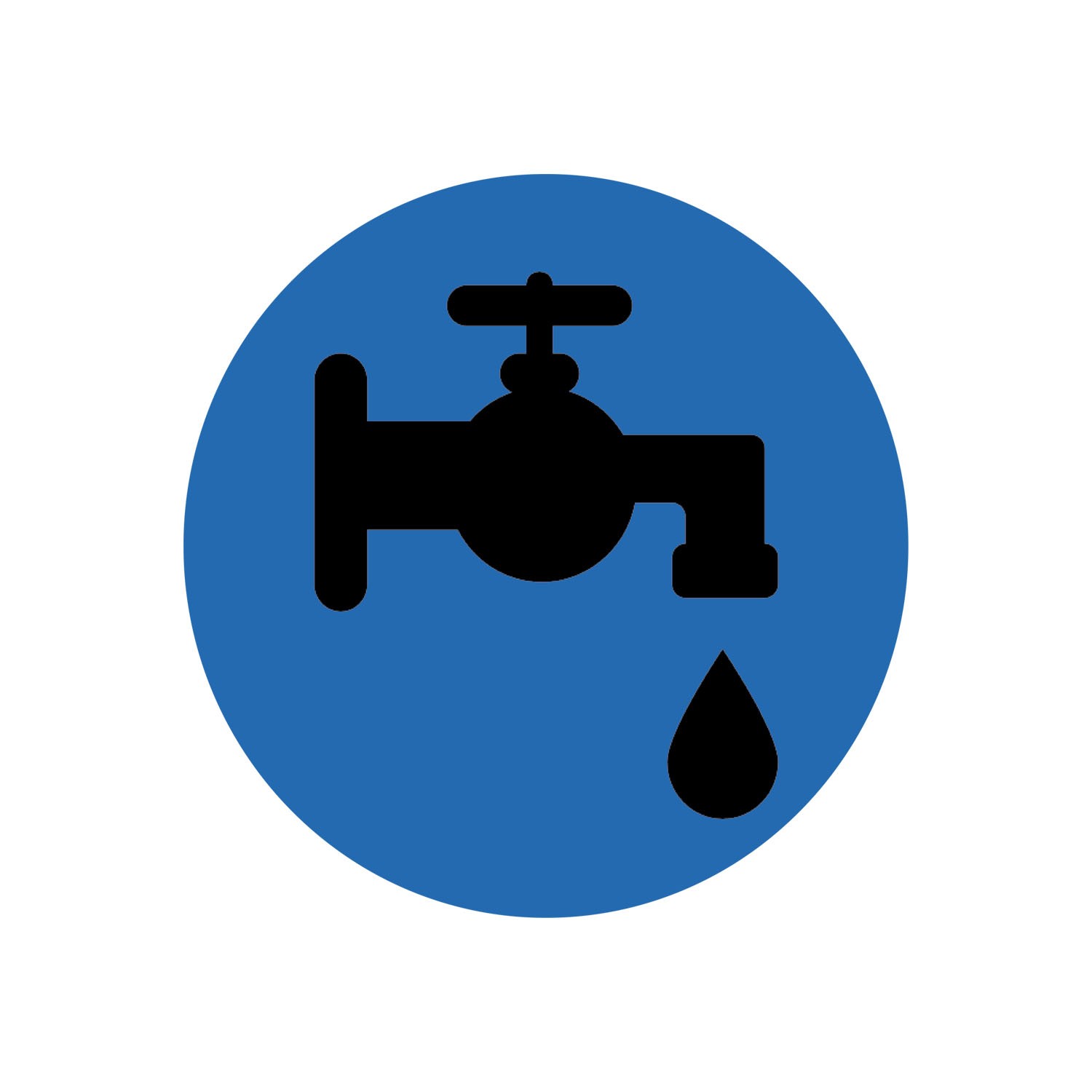
- New York City has some of the best tap water in the world!
- It comes from pristine reservoirs in the Catskill Mountains
- At approximately one penny per gallon, it is about 1,000 times less expensive than bottled water.
- Learn more about NYC water on the Department of Environmental Protection (DEP) website.
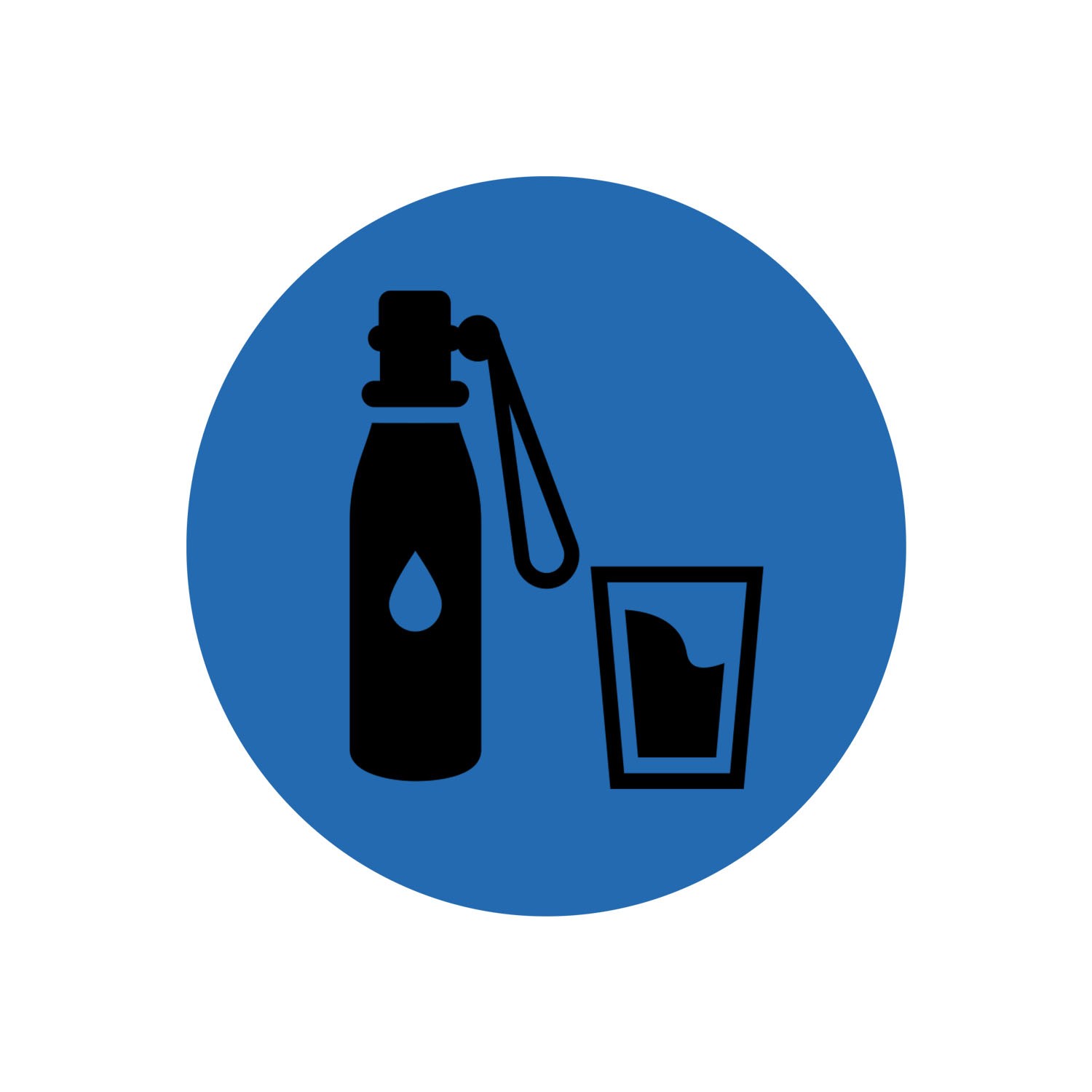
- Stop ordering single-use plastic water bottles for your office. Instead, purchase reusable water bottles for your team from Staples or another University-approved vendor.
- Empower staff to use their new reusable bottle to fill up from the tap, and allocate a few extra bottles for guests.
- Learn more about alternatives to plastic, such as glass or boxed water, and their little-known impacts on the environment.
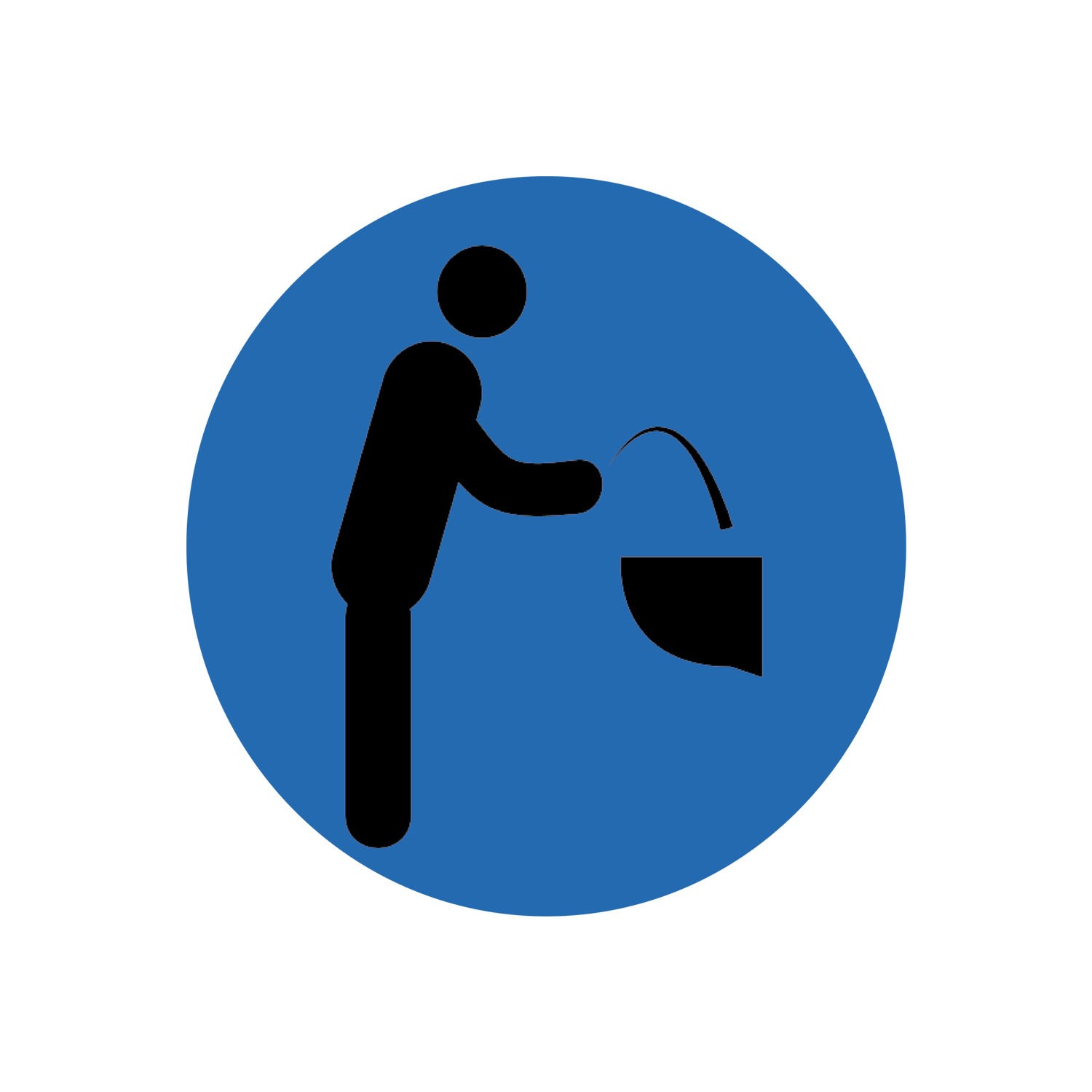
- The University has public filling stations in many public areas throughout campus.
- Campus Operations continues to add new public water filling stations around campus each year. Follow Sustainable Columbia on social media to be notified when new public water filling stations are added.
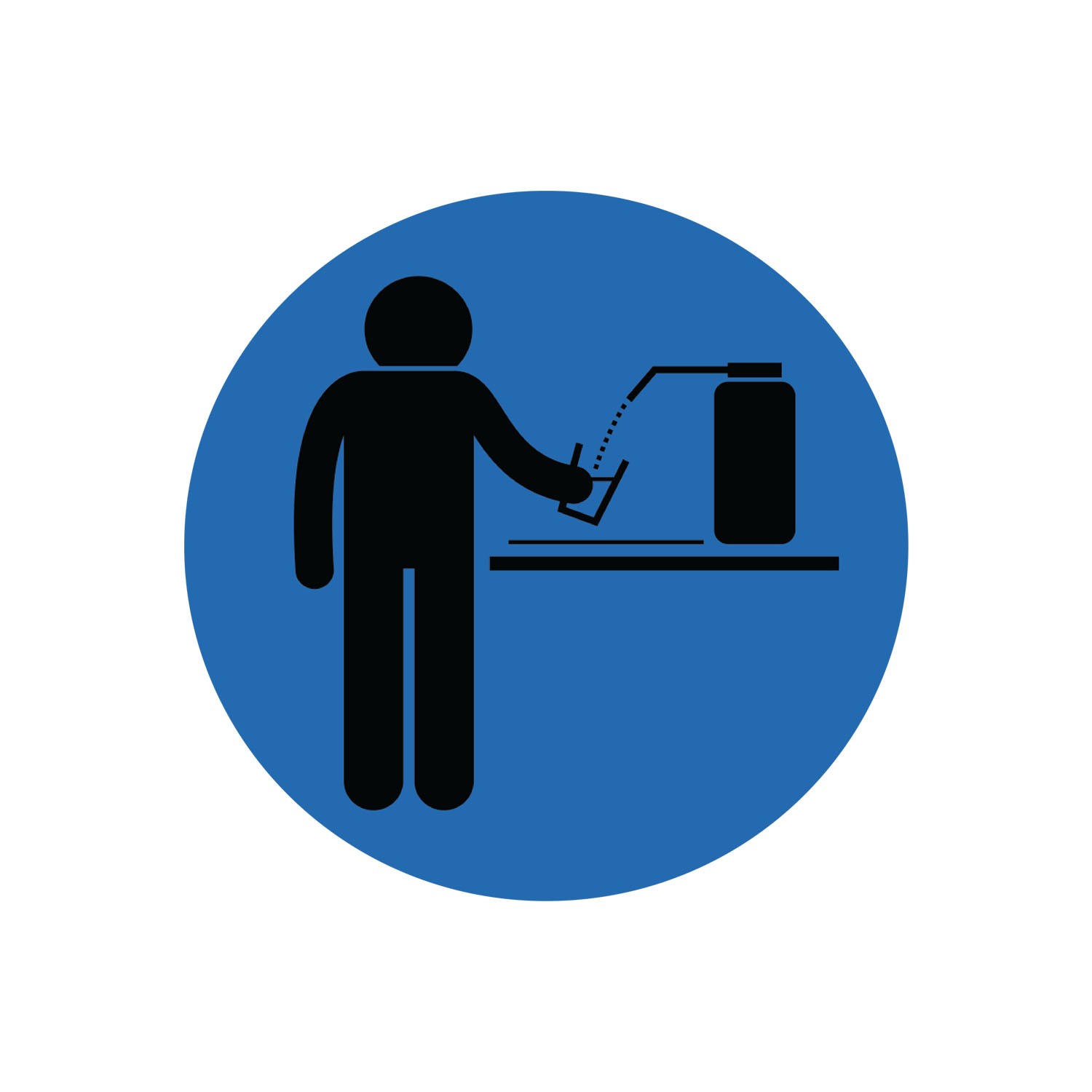
- Assess and get a quote for a hydration alternative that taps into the water line of your workspace’s sink.
- Contact the Facilities Services Center to learn more.
Water packaging: what's best? There is no right answer.
Every manufactured beverage package has an impact, but educated consumers make smarter choices for the environment and can even begin to influence the market.
By which measure is the material being assessed? Packaging can be measured for environmental impact through a variety of factors, including associated greenhouse gas (GHG) emissions, energy and/or petroleum used to manufacture it, pollution or other externalities its production creates, and end-of-life (waste) considerations. Learn more about the different implications of each material through the analysis on Better Meets Reality's website. A life cycle assessment is required to fully analyze the impact of each material, including the local conditions for waste management where the products are used and disposed of.
Life cycle assessment (LCA) is a useful technique for analyzing the environmental footprint of products like polyethylene terephthalate (PET) beverage bottles at all stages in their life cycle − from the extraction of resources, through the production of materials, parts, and the product itself, and to the use of the product and its disposal, either by reuse, recycling, or landfilling with or without energy recovery (i.e., “from the cradle to the grave”) [source].
Unless you follow your recyclables through the entire process until they're made into new products, it’s impossible to say for certain whether your materials are actually being recycled. But, logically, recyclables are more likely to get recycled if they have a dollar value. Recyclables are considered a commodity: a good that can be sold. Cans, bottles and boxes can be broken down into raw materials again and sold to manufacturers. And since consumers like products made from recycled materials, manufacturers buy more recycled materials for their products. Like any market, the market for recyclables fluctuates and changes along with trends in supply and demand [source].
The Hidden Cost of Single-Use Containers
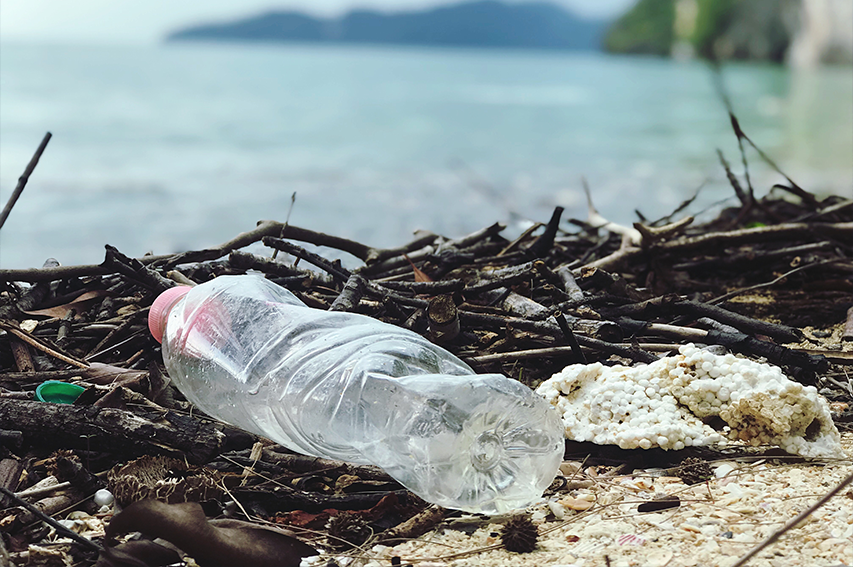
- Plastic manufacturing starts off with refining and processing of crude oil and natural gas, which relies on mining a non renewable resource.
- By the time a bottle of water makes it to a store near you, it has a total carbon footprint equal to 82 grams (or 3 ounces) of carbon dioxide.
- It takes more than three times as much water to produce a bottle of water than the contents of the container itself.
- Plastic can be much more efficient to transport than glass because plastic is far lighter and you can get more plastic into the same packing space as glass.
- If single use plastic bottles are made of 100% recycled material the carbon footprint will be 30% less.
- Estimates show that less than 9% of all plastic produced gets recycled.
- With current technology, it’s less expensive for companies to produce new plastic water bottles than it is for them to recycle used bottles.
- Plastic bottles and tops are some of the most inadequately disposed of items found on beaches, on land, in rivers and natural waterways, and in the ocean.
- Plastic bottles might take 70 to 450 years to decompose in landfill sites, compared to thousands of years for glass bottles, compared to 200 years for aluminum cans [source].
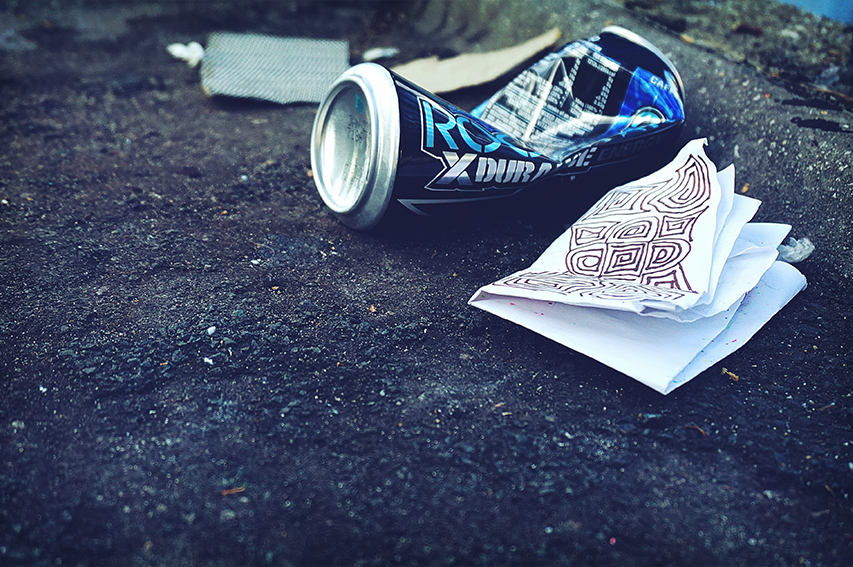
- Aluminum production is one of the most energy-intensive industries, which leads to GHG emissions if that energy comes from fossil fuels.
- As demand for aluminum cans rises, more "virgin" aluminum must be produced, which leads to mining operations that can destroy agricultural or forested land and impact the surrounding environment.
- But making new can from a recycled can instead of raw material uses 5% of the energy and generates 5% of the emissions.
- Generally quite lightweight, like plastic, which leads to a smaller transportation footprint.
- As a commodity, aluminum brings a significantly higher price than glass or plastic, so much of the cost of a recycling program is actually paid for by aluminum cans.
- Today’s typical aluminum can contains 68% recycled content.
- Aluminum generally has a low impact on the environment compared to a material like plastic when littered or dumped.
- Aluminum is usually harder wearing than disposable plastic, very light, and doesn’t have the fragility issues of glass.
- Old cans are less versatile than other scrap for recycling. The makers of airplane and car parts prefer not to use aluminum made from recycled cans [source].
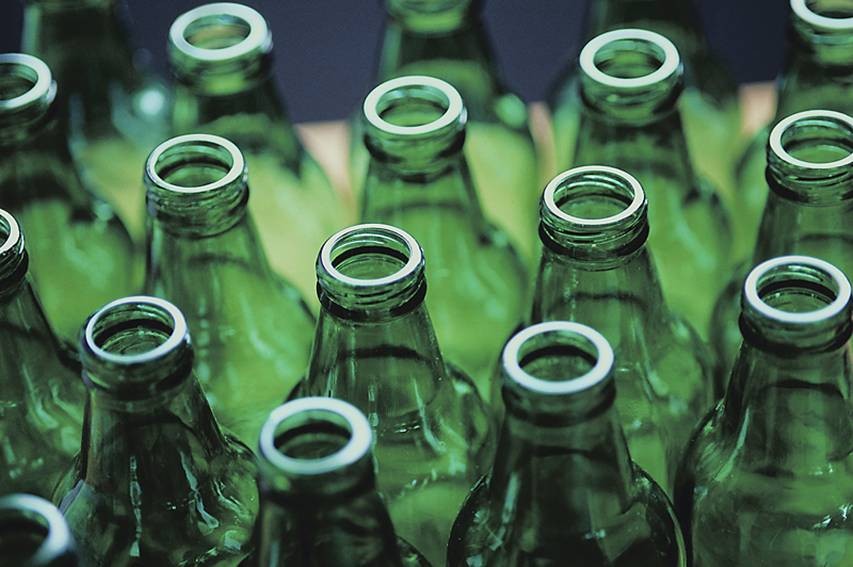
- Comes from mostly natural, abundant materials, but they may need to be quarried (ex. limestone), producing GHG emissions and other environmental impacts.
- Production requires fossil fuels for energy, using a furnace that burns at high temperatures.
- Glass is usually heavier than plastic and metal bottles, so it can cost more (and produce more emissions) to ship. It may also require more packaging in transport because of its potential to break.
- However, glass bottles are 40% lighter today than they were 20 years ago, which means it takes less fuel and produces fewer emissions to transport them.
- Glass has an unlimited life and can be melted and recycled endlessly to make new glass products with no loss in quality.
- But only about 33% of the glass disposed of in the U.S. gets recycled annually and the rest ends up in trash.
- Some curbside recycling facilities are choosing not to deal with glass because of increased processing costs and because they don’t have the equipment to clean glass properly.
- Glass can take a long time to degrade in the open or in landfills – up to 4,000 years.
- Broken glass can be a health and safety hazard for humans and animals [source].
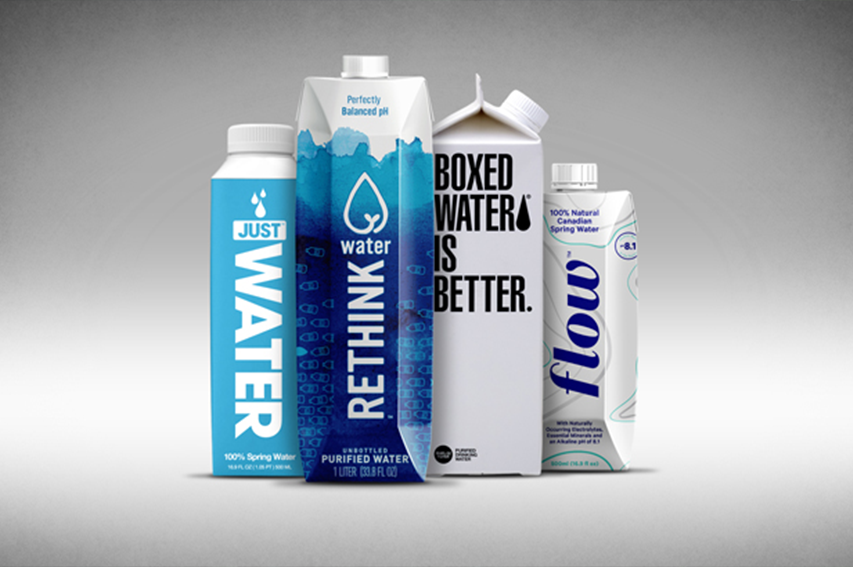
- Paper is a renewable resource and widely recyclable.
- If the company sources its paper from a Forest Stewardship Council (FSC) certified producer, it is even more eco-friendly.
- It is lightweight packaging, which requires less energy to ship than heavier material (the packaging versus product ratio is on average 7% packaging to 93% product by weight) [source].
- If the cartons are rectangular, it allows for close packing in transport, which further saves on GHG emissions from vehicles.
- But not all boxed water is created equal. If it comes in an aseptic carton – like the kind used for coconut water, soy milk, and juice boxes – it contains more than just paper, which makes it difficult to recycle.
- Aseptic cartons are made with layers of paperboard, plastic, and aluminum.
- In most cases, recycling plants strip the fiber from cartons and recycle it, but they do not necessarily recycle the plastic or aluminum components.
- If your local recycling program can't handle aseptic cartons, you can mail them to The Carton Council – but most people throw them in the trash rather than make the effort [source].
Additional Research
To learn more, check out our growing library of peer-reviewed scientific research about this topic.
Other ways to make a difference
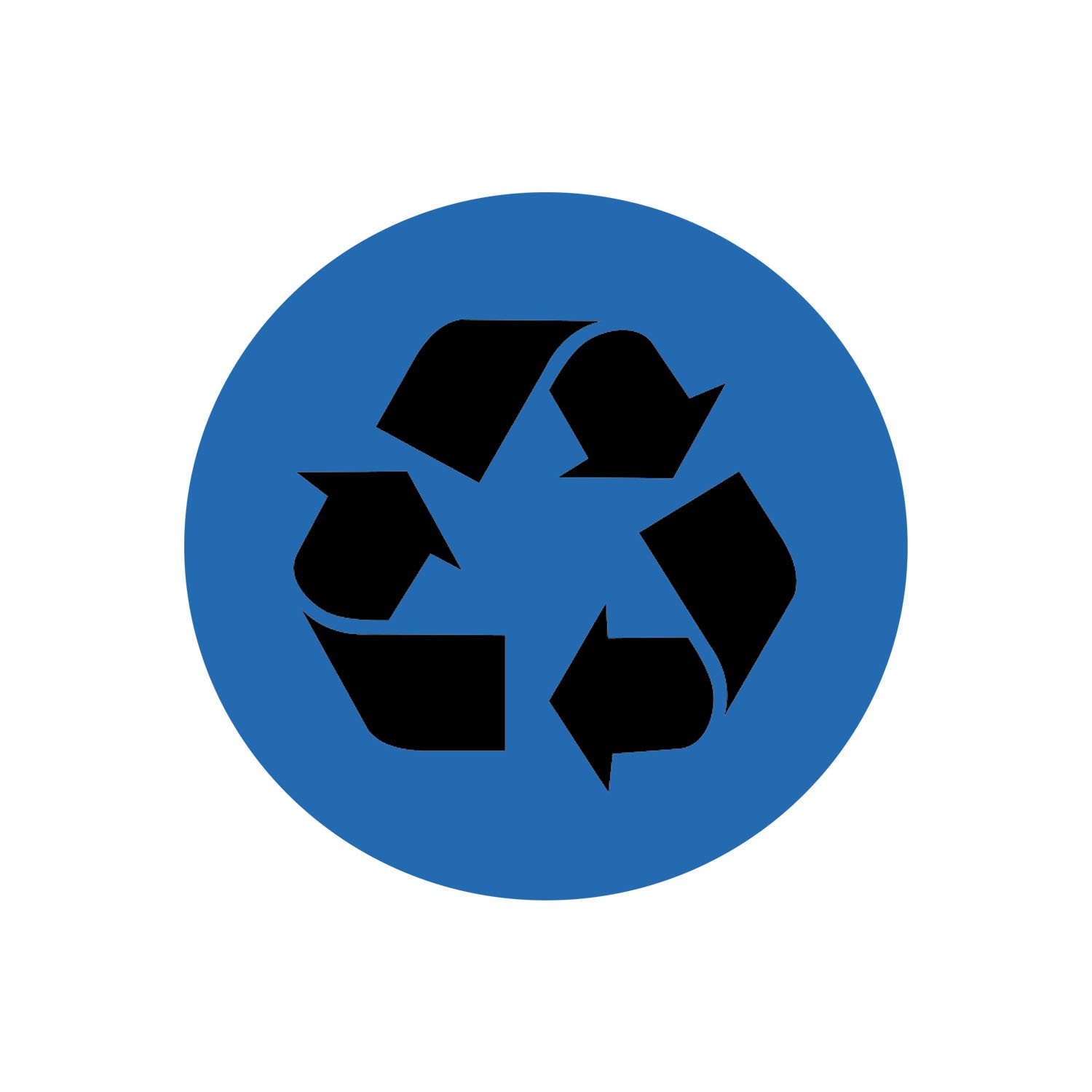
Just as important as what kinds of products you purchase is what you do with them when you’re done. Attend a recycling 101 session to be sure you know the basics and check out our video resources to learn more about recycling on campus.
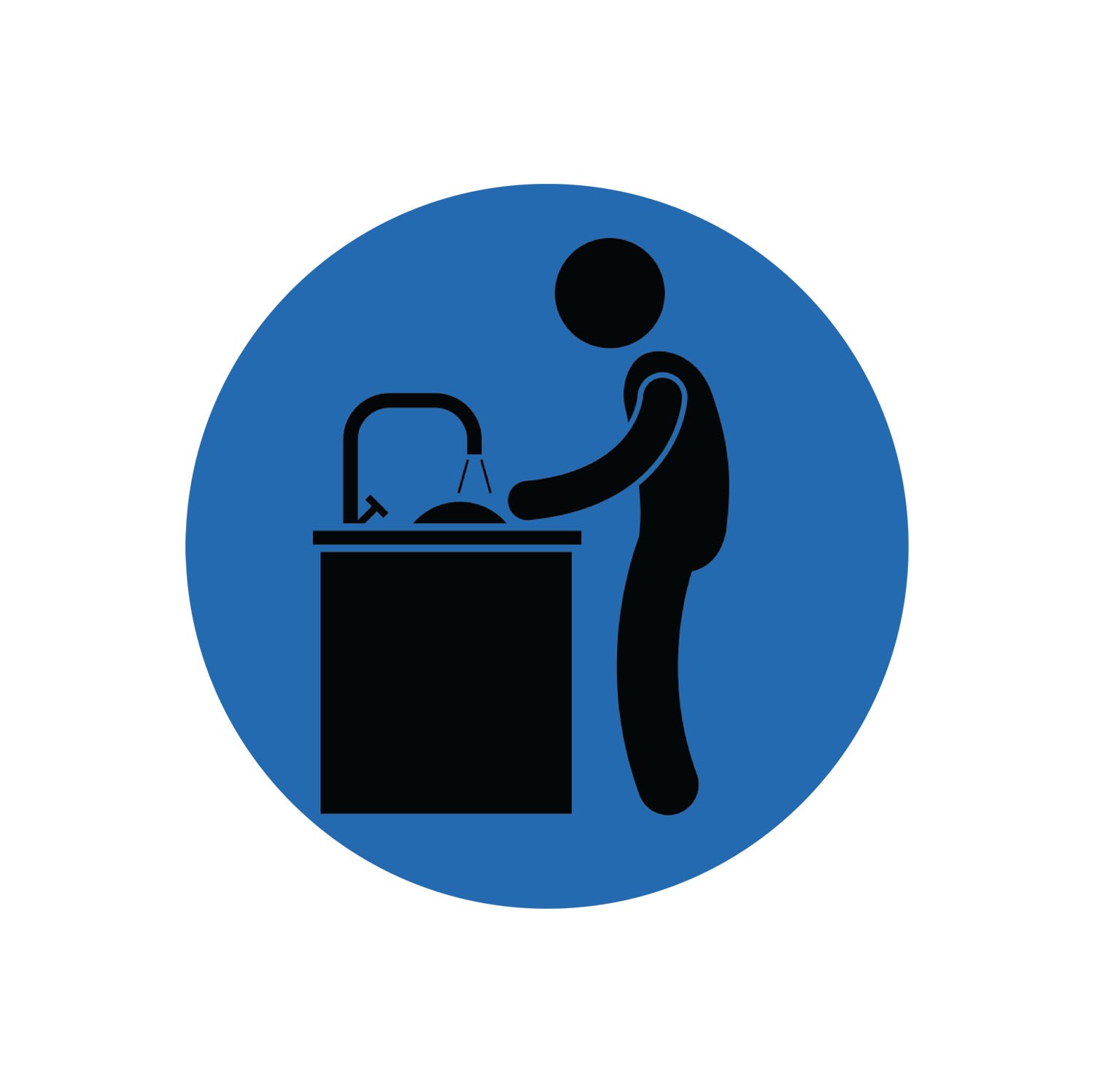
You can conserve water on campus and at home by taking shorter showers, reporting leaks, turning the faucet off when brushing your teeth, and using a thin stream (no bigger than your thumb) when hand-washing dishes. You can use this water calculator to figure out your household's water use footprint.

If you are a student, faculty member, or postdoc doing research at Columbia related to beverage packaging recycling, reach out to us at [email protected]
Related articles
- Uncontained: The complex link between retail and packaging
- What recycling end market development looks like in 2019
- In the recycling world, why are some cartons such a problem?
- Is water in cans greener than water in bottles? No.
- Pepsi will start selling canned water — but is it any better than plastic water bottles?
- How the plastic bottle went from miracle container to hated garbage
- Energy implications of bottled water
